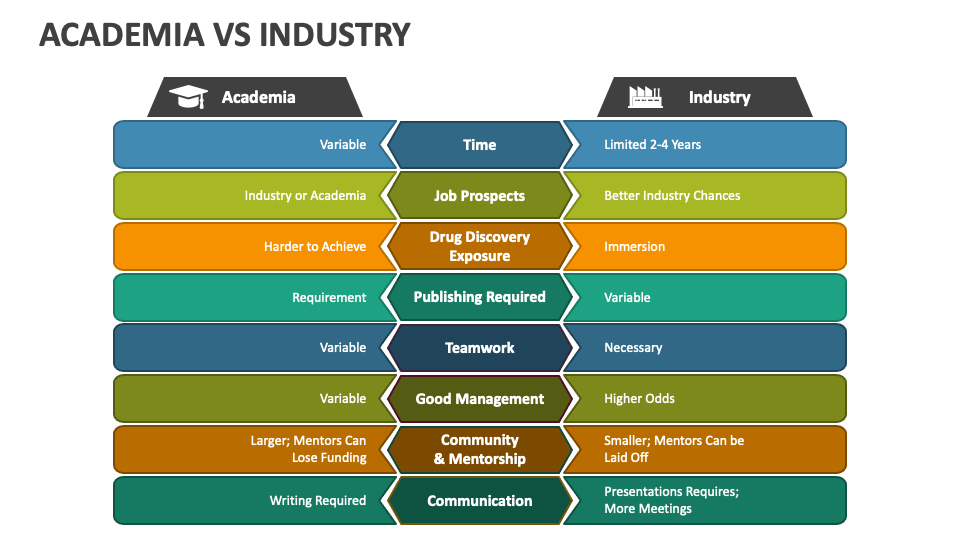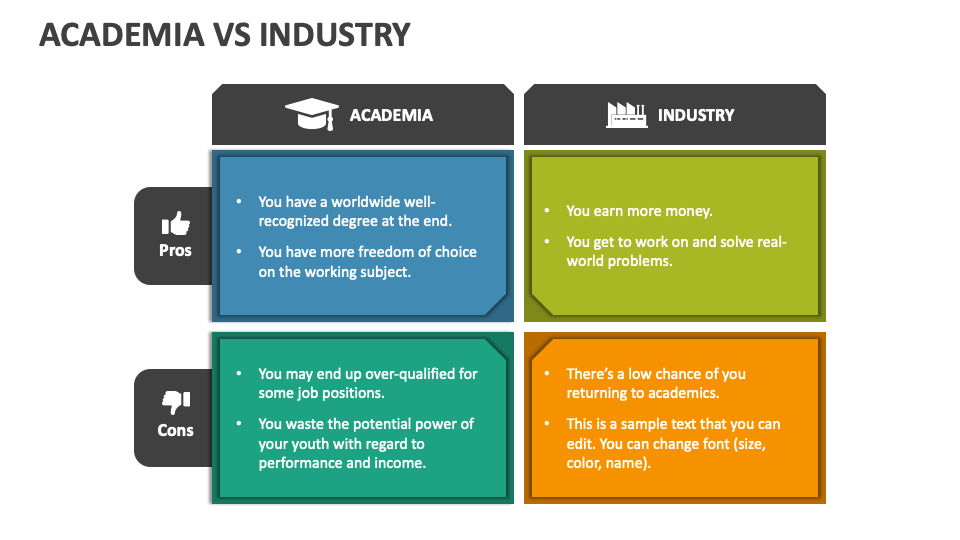Pursuing HCI: Academia vs Industry
The Benefits of an Academic Background in Human-Computer Interaction
A Deep Understanding of History
One major advantage of obtaining a degree in HCI is the extensive exposure to prior work in the field. Academia places great value on understanding the historical context and building upon past research. Students spend 30-40% of their time carefully reading and digesting previous studies. This provides invaluable knowledge of what has been attempted and the lessons learned. Even for peripheral topics, one gains working familiarity with seminal works and paradigms. This historical grounding is surprisingly lacking in industry where the same mistakes are often repeated due to insufficient reference to earlier work.

A Culture that Values Innovation
A PhD program fosters an environment where advancing the state-of-the-art is the norm. While not all academic research has immediate practical application, much of it consists of genuinely novel ideas that significantly further knowledge. In contrast, many startups in industry aim for success by recombining existing products rather than true innovation. Academia’s focus on pushing boundaries through carefully designed experiments and theorizing opens vast potential for exploration.
Engagement with a Highly Intelligent Community
Interacting with brilliant peers is immensely stimulating. Conversations in HCI programs move at a rapid pace while tackling sophisticated topics. The level of discourse rivals top companies like Google. Surrounding oneself with smart, engaged colleagues cultivates expansive thinking and improves work.
Strong Foundations in Research Methodologies
Academia provides grounding in essential skills like experimental design, statistical analysis, and results interpretation. These prove valuable for implementing small studies and A/B tests in industry where such abilities are often lacking. Academia exposes students to diverse analytical lenses from different fields as well.
Transitioning to Industry: Considerations and Tradeoffs
Lack of Real-World Applicability
While theoretically compelling, some academic projects fall short of addressing genuine needs in meaningful ways. Prototypes may have impractical flaws overlooked due to insufficient consideration of practical constraints. This disconnect stems partly from academia’s detached environment compared to industry’s market pressures.
Less Awareness of Emerging Technologies
Major developments like social media sometimes take years to percolate into research due to publication lags. Students educated only within ivory towers risk becoming intellectually stranded from important industry shifts. Maintaining perspective requires foot-holds in both worlds.
Small Ambitions Relative to Startups
Whereas startups strive for industry disruption through massive impacts, academics see projects requiring millions as exceptionally large. This mismatch in scale stems from different incentives where profits outweigh publications.
Resistance to Alternative Perspectives
Within certain subfields, nonconformity is frowned upon despite its value. “My way or the highway” mentalities form around funding-dependent reward structures. In contrast, business validates ideas through measurable outcomes over personal beliefs. However, these tradeoffs must be weighed against one’s goals. For those wanting deep immersion in research methodology and theoretical discourse within a supportive cohort, PhD programs remain excellent choices. But for product-focused careers, other paths directly cultivate those skills.
Options Outside Traditional Academia
Professional Masters Programs
For motivated autodidacts, tailored Masters can provide similar skills and networks on accelerated timelines. Curricula focus on user-centered design best practices, innovative thinking, and relationship-building through carefully selected courses and inspirational guest speakers. Regular student projects simulating professional workflow help transition theory to practice.
Self-Studying and Networking
Major cities offer abundant HCI events and meetups outside ivory towers. These connect aspiring and established practitioners, surfacing collaborators, mentors, and potential gigs. Following inspiration on personal schedules, portfolios grow through real client work instead of theoretical exercises. Self-starters thrive in open-ended learning environments untethered from bureaucracy or publication pressures.
Industry Internships and Apprenticeships
“Earn while you learn” models give hands-on experience within supportive companies. Mentors impart wisdom through guided projects, capturing new technologies sooner thanacademic timelines allow. Rotating roles builds a well-rounded skillset serving various product needs from research to implementation. Many firms later hire interns, resulting in accelerated careers.
Balancing Academia and Industry
Remaining engaged with both worlds helps manage tradeoffs. Even PhD students can produce generally applicable work through strategic advising. Professors also transition between research and practice, maintaining relevance. Postdocs applying lab findings commercially prove feasibility while informing future research agendas. Consulting bridges the gap, challenging academics to solve real problems while exposing businesses to cutting-edge thinking. Collaboration between the two spheres stimulates innovation through cross-pollination of diverse skills and perspectives. With open minds on all sides, each benefits from the other’s strengths when insularity is replaced by partnership. Overall, the most impactful path depends on individual goals and proclivities. While academia cultivates theoretical rigor, industry fosters applied skills. By strategically navigating options inside and outside traditional programs, one can gain deep knowledge combined with practical savvy to excel in any HCI role. The field remains ripe for progress through diverse contributions regardless of career trajectory.
Key Takeaways
- Academia primarily develops research abilities while industry focuses on applied product skills. Different career goals inform the best fit.
- PhD programs provide unparalleled exposure to history, methodology, and intellectual community but risk detachment from realities of practice.
- Nimbler options like professional Masters and self-study directly build portfolios through real-world work while maintaining academic rigor.
- Maintaining connections across academia and industry mitigates limitations of either sphere through cross-pollination of perspectives and skills. Partnership stimulates mutual progress.
- No single path owns truth; diverse roles advance HCI holistically when each supports the other through open-mindedness instead of insularity. Impact results from strategically navigating a range of options.
The HCI field blossoms through an ecosystem valuing both theoretical rigor and practical impact. Individual flourishing emerges from discerning the environment best cultivating one’s unique capabilities for advancing this multifaceted discipline. With commitment to progress over tribalism, opportunities abound across academia and industry.
